Sharing with Tuoi Tre, a hospital director in Hanoi said that the hospital is 'digitalizing' its services, the initial investment is too large but the cost of information technology, including imaging and ultrasound without printing films, is not included in the price.
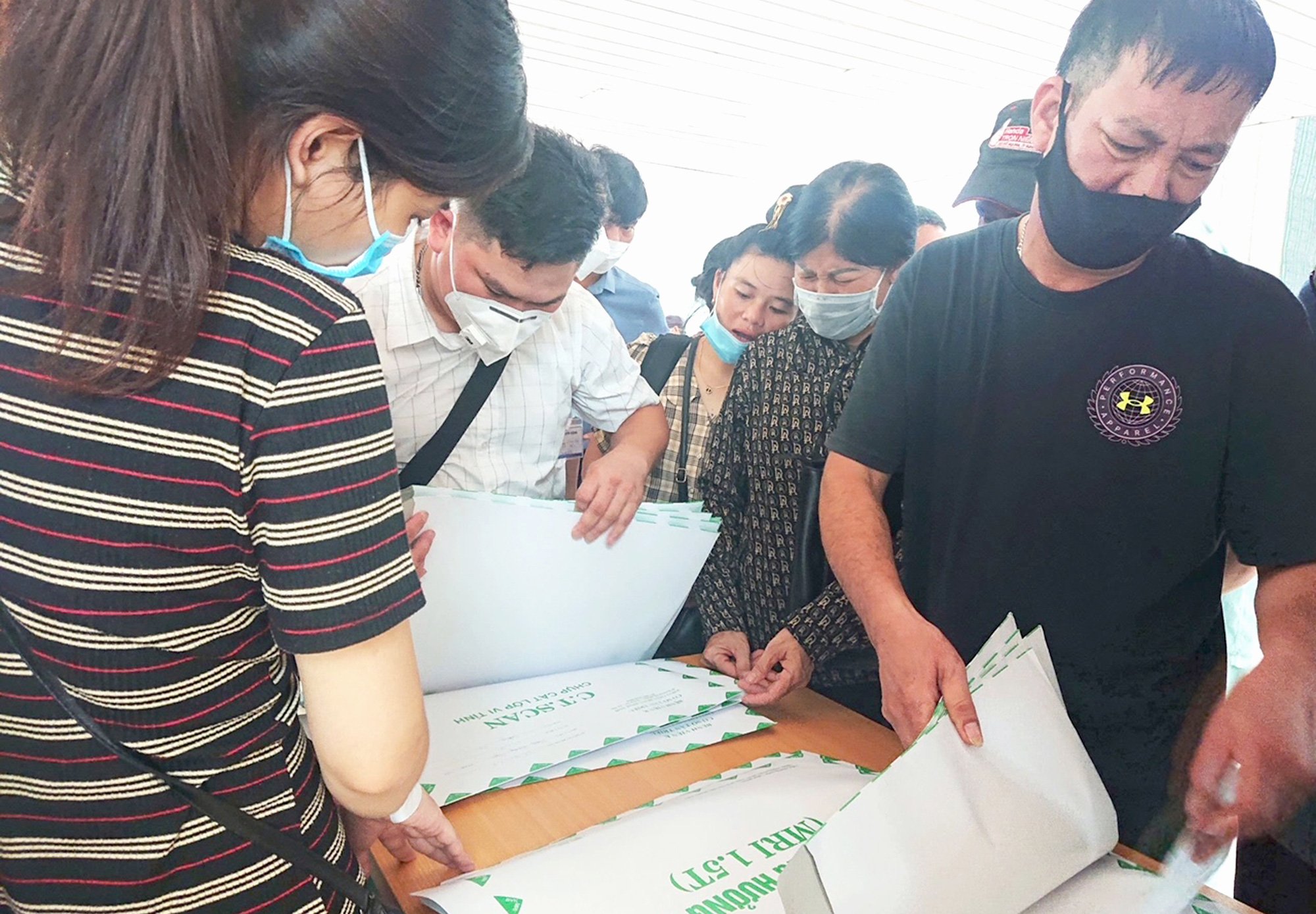
Patients waiting in line, looking for MRI films - Photo: D.LIEU
In particular, renting PACS software (printing and storing X-ray, CT, ultrasound images) is very convenient and has many benefits, but after taking the pictures, the hospital does not get paid like printing the film, causing the hospital to suffer a loss.
No more cumbersome film bags
In August 2024, Ms. Hoan (40 years old) took her child to Duc Giang General Hospital (Hanoi) for examination because the child had fallen and suffered multiple injuries. Following the doctor's instructions, she took her child to the X-ray and CT scan rooms.
Ms. Hoan said that after the scan, she was instructed not to take the printed film but to take the child to the emergency room. "The scan results will be stored and transmitted to the consulting doctor without having to take the printed film like before, very fast and convenient," Ms. Hoan said.
Immediately afterwards, her child was diagnosed by the doctor through the X-ray image on the screen and received timely emergency care. "Normally, the family has to wait for the X-ray results before showing them to the doctor. Now there is no need to wait for the film to be printed, no waiting time, and emergency care is also faster," Ms. Hoan shared.
According to the leader of Duc Giang General Hospital, in the past, when transferring patients to the department, it often took time to get the results of the scans and tests. "Thanks to technology, doctors can immediately see all the results of the patient's scans, give quick treatment directions, no need to wait, the treatment will be much better.
The Picture Archiving and Communications System (PACS) software provides clearer results, allowing doctors to zoom in, zoom out, flip, and darken images to detect lesions..., providing a lot of professional support for doctors," he shared.
Many benefits, but...
Many hospitals now use filmless medical records, saving billions of dollars in film and storage costs, not to mention reducing environmental impact. Instead, they rent/buy, maintain, and upgrade PACS systems to store this data.
However, currently, facilities using filmless medical records are not fully covered by the health insurance fund. For diagnostic imaging services, the health insurance fund will not pay for the film purchase fee, only paying for other costs.
Sharing with Tuoi Tre, the leader of a hospital in Hanoi said that in principle, health insurance still covers the cost of diagnostic imaging services. However, for hospitals using filmless medical records, the cost of buying film will be waived. Meanwhile, the hospital has to rent and buy software worth billions of dong, which is not included in the price structure, causing difficulties for the hospital.
" The Ministry of Health has issued many policies, especially the amended and supplemented Law on Health Insurance, which has improved the rights of health insurance participants. We hope to soon include information technology costs in the price component.
There needs to be clear costs for non-filmed medical records and filmed medical records so that hospitals have money to pay for information technology. From there, hospitals will have resources to continue investing in development and improving the quality of medical examination and treatment, the main beneficiaries are the patients," he said.
Ha Dong General Hospital, Hanoi is still using film-printed medical records for patients. According to the hospital's leadership, because there is no price structure for non-film-printed medical records, many hospitals still use film-printed medical records to avoid disadvantages.
According to the hospital leader, each type of film will have a different price. Each year, the hospital spends 5-6 billion VND to buy and print films, while using PACS only costs about 1 billion VND, which is more convenient for patients and doctors, and reduces waste to the environment. However, if the investment does not generate revenue, the hospital will not have the financial resources to implement it.
Paid for X-rays without printing films with 26 hospitals
In 2020, after implementing the Pilot Project of diagnostic imaging services performed on the PACS system, the Ministry of Health issued a document stating that 26 hospitals using PACS - non-film imaging are applying the same price as with film printing, the price is issued by the competent authority.
At the same time, the difference between the film printing cost and the PACS system deployment cost (if any) the unit is allowed to use to invest in developing information technology applications, developing techniques for image diagnosis and testing of the unit, not to reinvest in the PACS system and to spend on additional income.
This price is applied until the Ministry of Health issues the price of diagnostic imaging services performed on the PACS system according to regulations.
Agricultural General Hospital is one of 26 hospitals applying film-free medical records.
Sharing with Tuoi Tre, Mr. Ha Huu Tung, director of the Agricultural General Hospital, said that the hospital has been performing medical records without printing films since 2020, and social insurance has paid for the costs according to the prices with printed films according to the instructions of the Ministry of Health.
According to Mr. Tung, paying for technical services without printing films has created favorable conditions for hospitals to invest in developing science and technology, keeping up with the digital transformation trend.
"However, the current cost of medical services does not include the IT component, making it difficult for hospitals to invest in digital transformation development. Meanwhile, most hospitals are financially autonomous. Hopefully, there will soon be a full adjustment of medical service prices so that hospitals have the resources to continue developing," said Mr. Tung.
According to our research, the Ministry of Health has not yet issued prices for diagnostic imaging services performed on the PACS system.
This also makes hospitals not "keen" on investing in information technology infrastructure. If there is a price, hospitals will switch to not printing films, the cost of imaging will decrease, patients and hospitals will both benefit, reduce waste, and protect the environment.
Source: https://tuoitre.vn/chi-tra-cho-chup-chieu-sieu-am-khong-in-phim-nhieu-loi-ich-bao-gio-20250117081256611.htm


![[Photo] Readers line up to visit the photo exhibition and receive a special publication commemorating the 135th birthday of President Ho Chi Minh at Nhan Dan Newspaper](https://vphoto.vietnam.vn/thumb/1200x675/vietnam/resource/IMAGE/2025/5/17/85b3197fc6bd43e6a9ee4db15101005b)



![[Photo] More than 17,000 candidates participate in the 2025 SPT Competency Assessment Test of Hanoi National University of Education](https://vphoto.vietnam.vn/thumb/1200x675/vietnam/resource/IMAGE/2025/5/17/e538d9a1636c407cbb211b314e6303fd)
![[Photo] Prime Minister Pham Minh Chinh chairs meeting on science and technology development](https://vphoto.vietnam.vn/thumb/1200x675/vietnam/resource/IMAGE/2025/5/17/ae80dd74c384439789b12013c738a045)
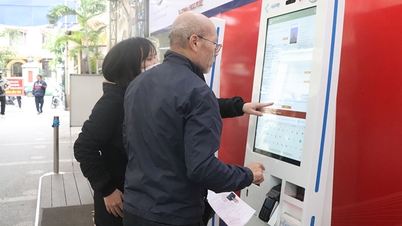




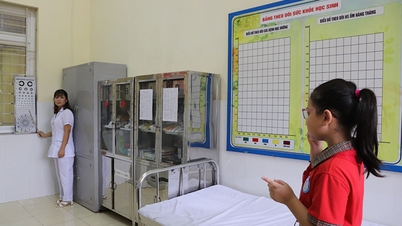


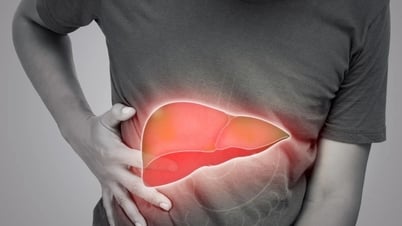

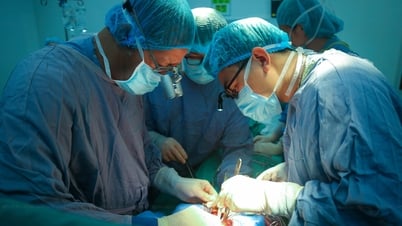


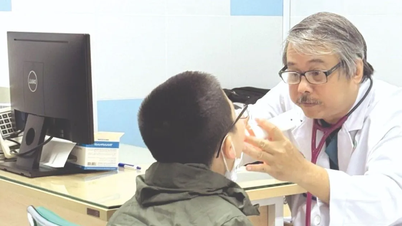













![[Photo] Nearly 3,000 students moved by stories about soldiers](https://vphoto.vietnam.vn/thumb/1200x675/vietnam/resource/IMAGE/2025/5/17/21da57c8241e42438b423eaa37215e0e)





































































Comment (0)